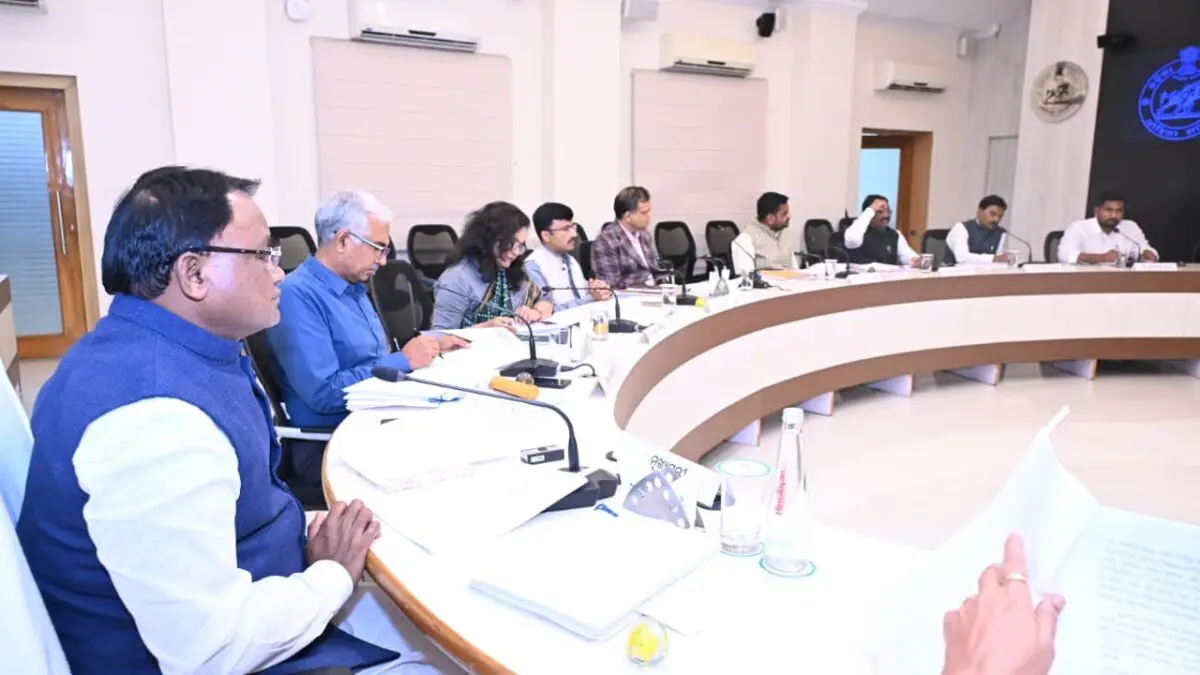Odisha Plans to Generate 1000 MW from Floating Solar Projects

In a significant step towards clean energy adoption, Odisha is preparing to generate around 1,000 megawatts (MW) of electricity through floating solar power projects on its reservoirs.
The initiative comes as part of the state’s broader renewable energy push, with a target of achieving 10 gigawatts (GW) of green energy capacity by 2030—7.5 GW of which is expected to come from solar power.
To facilitate this effort, the state government has formed a reservoir committee comprising officials from multiple departments. The committee has already convened three times to accelerate planning and execution of the floating solar projects across large and medium-sized reservoirs.
Sources in the energy department said the committee is currently working on finalising integrated GIS maps for major reservoirs like Hirakud, Rengali, and Upper Indravati. Efforts are also underway to identify suitable project sites at Upper Kolab and Balimela reservoirs. Additionally, feasibility studies have been conducted for 51 medium reservoirs across the state.
According to estimates by the National Institute of Solar Energy (NISE), Odisha has a theoretical potential to generate 33.5 GW of floating solar energy using approximately 670 square kilometers of available water surface. This was further highlighted by the International Forum for Environment, Sustainability and Technology (iFOREST), which emphasised the state’s vast untapped potential in the sector.
Floating solar installations provide multiple advantages, officials said. Besides helping conserve land—particularly valuable in densely populated or agriculturally intensive areas—they also improve the efficiency of solar panels. The water surface keeps the panels cooler, which enhances their performance. These projects can also contribute to water conservation by reducing evaporation from reservoirs.
The proposed floating solar power plants are expected to complement Odisha’s existing renewable energy efforts, while also aligning with India’s national commitment to reduce carbon emissions and promote sustainable energy solutions.
Officials added that the energy department is also looking to attract private investment and technological expertise to scale up the projects. With reservoir-based floating solar farms gaining traction globally, Odisha’s plan could position it as a leader in innovative renewable energy deployment in the country.
As the planning process continues, the state is focusing on ensuring timely execution and optimal use of its vast inland water resources to drive the clean energy transition forward.








